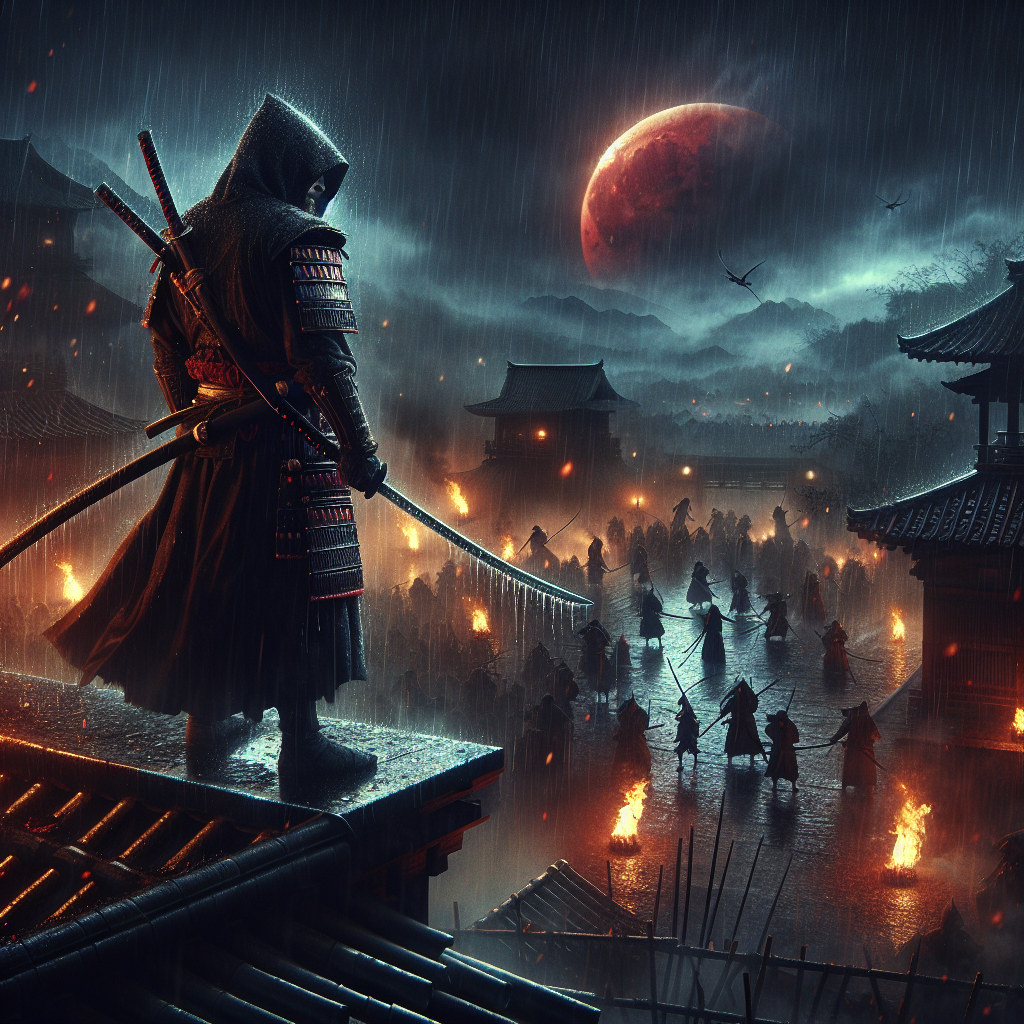
“`html
Assassin’s Creed Shadows: The Darkening Experience in Feudal Japan
Assassin’s Creed Shadows, the latest installment from Ubisoft, immerses players into Japan during the Sengoku period, around 1579. This era, known for its political turmoil and historical significance, sets the stage for an intense gaming experience. However, the pervasive darkness in this game poses a unique challenge, reminiscent of a certain Game of Thrones episode that left viewers straining to discern the action.
Historical Accuracy vs. Playability
The Assassin’s Creed series prides itself on deep historical immersion, which is a primary appeal for its fans. This commitment to authenticity is maintained in Shadows as players navigate a world devoid of modern lighting, relying instead on moonlight and traditional lanterns. But at what point does historical accuracy interfere with the enjoyment of gameplay? This is the central question as co-protagonists Naoe and Yasuke maneuver through dimly lit environments.
The Beauty in Darkness
While the developers at Ubisoft Quebec might have intended this darkness to enhance the shinobi experience—players playing as Naoe can embrace their stealthy role—it’s important to balance this with visibility and accessibility. Players find themselves straining to see enemy figures and environmental cues, which challenges the playability and can detract from the overall experience.
First Impressions: Walking in the Shadows
The journey starts off dramatically at night, witnessing Oda Nobunaga’s assault on Iga Province, lighting the scene with flames of war. The initial sequences are visually striking but quickly turn frustrating as players control Naoe, struggling to find enemies or paths in the darkness—even traditional Japanese lanterns offer feeble guidance.
Images throughout show Naoe tasked with difficult missions under the cover of night, symbolizing her shinobi identity. However, the lack of sufficient lighting strains the player’s capabilities—particularly when attempting parkour.
Developer Intentions and Player Reception
It’s likely the developers intended to convey the stealth element central to Naoe’s character. Yet, there’s a fine line between artistic vision and user experience. As players progress, they might wonder if adjusting monitor settings could enhance visibility—some veteran players might opt to increase the game’s brightness settings for improved playability.
Learning from Ghost of Tsushima
Ghost of Tsushima offers a noteworthy comparison; its strategic use of lighting to maintain historical fidelity while ensuring player visibility serves as a potential lesson. Its day-night cycle features a larger apparent moonlight, creating a more balanced visual experience that enhances gameplay without sacrificing immersion.
Its bold, high-contrast visuals and strategic use of lighting allowed players to clearly see action sequences, even during intense weather events. This approach contrasts Assassin’s Creed Shadows’ commitment to historical realism, illustrating a different path of creative direction.
Artistic Direction: Acknowledging Player Needs
- Symbolism vs. visibility: While staying true to the culture and era, integrating artistic lighting choices can enhance the player experience.
- Feedback-driven adjustments: Developers might consider player feedback on gameplay challenges related to the dark aesthetic to strike a balance in future updates or games.
- The shinobi fantasy: Acknowledging the players who appreciate true stealth experiences—understanding the appeal and limitations of this gaming approach remains crucial.
Conclusion: Embracing the Darkness or Turning Up the Brightness?
As Ubisoft continues to develop future installments, the feedback received from Assassin’s Creed Shadows could guide their art direction. Balancing the series’ hallmark historical fidelity with necessary concessions for gameplay accessibility could ensure the franchise’s continued success.
For players today, the option to increase brightness settings helps mitigate these challenges, while still appreciating the developers’ unique artistic vision. As games remain a blend of history, art, and technology, finding the right synergy is crucial. Experience the challenge yourself: embrace the shadows or increase the illumination in your digital journey through Japan’s Sengoku period.
“`
Source: https://www.polygon.com/gaming/545009/assassins-creed-shadows-brightness-too-dark

